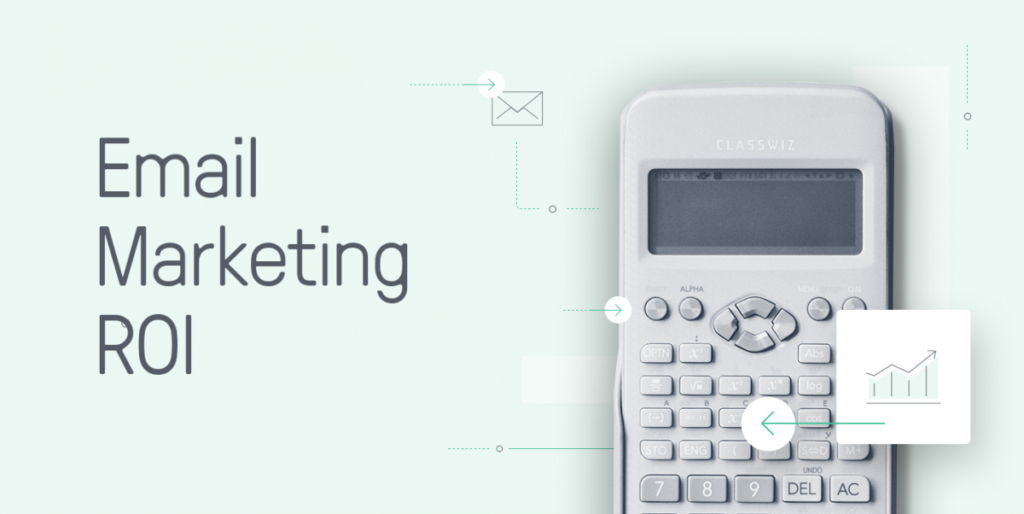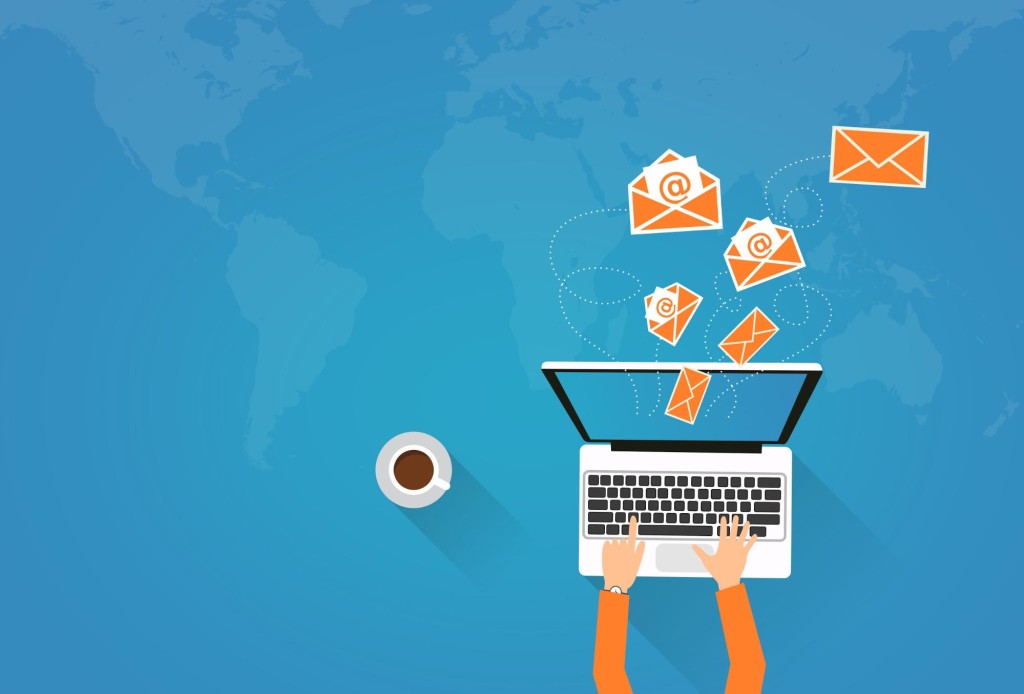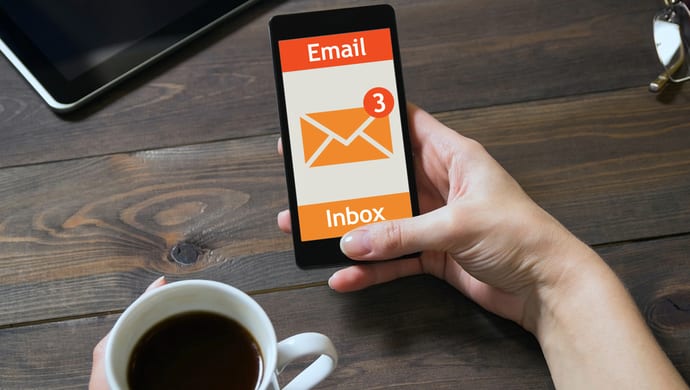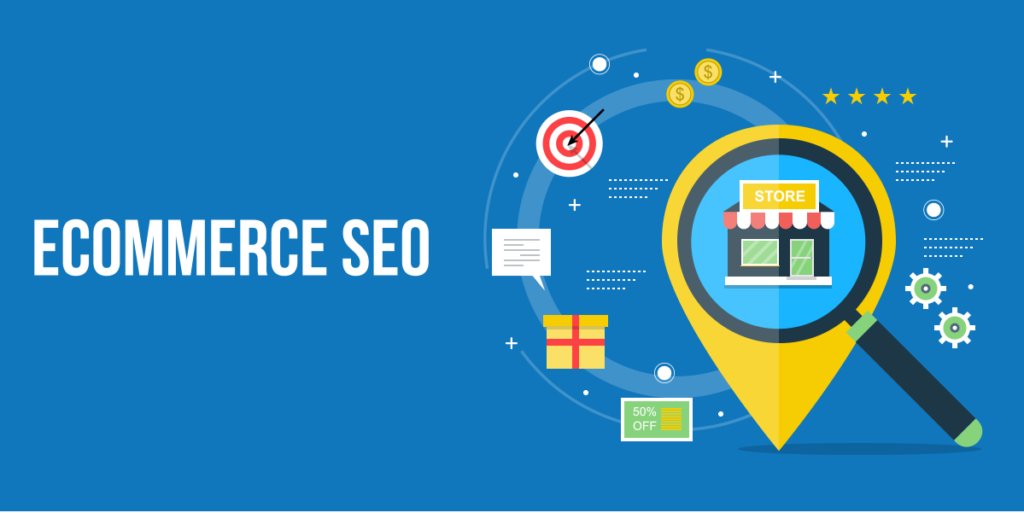
Do you open certain marketing emails from firms on a regular basis, while ignoring others?
For the most part, the answer is affirmative. With average open rates hanging around 15-25 percent, this indicates that 75-85 percent of emails are categorized as “completely disregarded” in the minds of readers.
As a result, the essential question for marketers becomes, “How do you ensure that your advertisements are the type that people always open?”
We’ll provide you practical ideas on how to persuade people to open and read your emails in this post.
Maintain a regular schedule.
If your subscribers don’t know when to expect your emails, they won’t open them.
That’s why choosing (and sticking to) a consistent email newsletter cadence is one of the most critical things you can do.
Aim for twice-monthly email frequency as a best practice. Backlinko found in 2021 that organizations that sent emails twice a month had the greatest average open rates.
However, if you can’t commit to 2x a month, it’s preferable to settle for a slower frequency than to over-commit and disappoint your readers.
Finally, once you’ve decided on a sending frequency, let your subscribers know ahead of time. This helps to set expectations so that subscribers may get into the habit of receiving your emails right away.
The Gist, for example, prominently displays their email frequency on their opt-in form: “5 minutes every Monday, Thursday, and Sunday morning.”
Emails should be sent when people have time to read them.
If you want people to read more of your emails, don’t send them when the majority of your subscribers are too busy to read them.
We recommend analyzing your list carefully to discover the optimal time and day to send emails. Examine when your audience is most engaged, or look for patterns in when people are most likely to subscribe.
As a general rule, the best days to send email newsletters are Wednesday-Friday, according on our 2019 research. We also discovered that the ideal times to send email are during regular business hours (9 a.m. to 5 p.m., excluding lunch), with the highest open rates occurring in the late afternoon (3 pm to 4 pm).
You can also utilize Campaign Monitor’s “Optimize send time” option to eliminate the guesswork from send timings. This feature chooses a send time based on when your subscribers have been most active in the past.
Select a well-known “from” name.
We’re frequently asked what the optimal “from” name for email marketing campaigns is. Should it be the name of your business? Should it come from a specific employee at your firm?
It all depends on who individuals anticipate hearing from. Would you anticipate to receive communications from Campaign Monitor or Aaron Beashel if you signed up for our email newsletter, for example? It’s likely the former, given that you signed up for these emails through the Campaign Monitor website.
To enhance open rates, make sure the “from” name you choose in your advertising corresponds to the user’s expectations.
A hybrid approach is used by many businesses. For example, Shopify Plus utilizes a “from” name that feels personal to the reader, “Hailey” (a team member’s name), but also includes “at Shopify Plus” so that readers know who the email is from.
Begin with a helpful welcome email.
Welcome emails have been demonstrated to increase open rates over time, resulting in an 86 percent increase in unique open rates.
Furthermore, sending a welcome email guarantees that you attract your readers’ attention at the optimal time. According to our findings, leads are most engaged 48 hours after signing up.
These figures show why merely sending a welcome email can go a long way toward getting your readers to read your emails for years to come. Send a value-packed welcome email to increase this effect, demonstrating to your readers that opening your emails always results in a reward.
This reward can range from a fantastic piece of content to a substantial discount.
Produce high-quality, reader-centric content.
Relevant, high-quality material is an excellent approach to keep subscribers reading your emails if you have a blog or are utilizing other content marketing techniques to attract visitors.
BuzzFeed, a Campaign Monitor customer, is an excellent illustration of this.
Subscribers that open their emails from BuzzFeed are rewarded with highly interesting, shareable content that they enjoy reading.
BuzzFeed has been able to establish an engaged subscriber list that produces millions of visitors to their website each month as a result of this continual rewarding of subscribers who open and click their campaigns.
Before sending, constantly ask yourself, “What’s in it for the subscriber?” to guarantee you’re providing high-quality material to your list.
This will assist you avoid delivering stuff that isn’t useful to your reader, such as boring company announcements or press releases.
Finally
It’s critical to keep your subscribers engaged with your email marketing campaigns over time if you want to increase the number of clicks, conversions, and ROI you get from them.
Rather of focusing on raising individual email open rates, you may increase total open rates by encouraging subscribers to open and read your email campaigns.
Starting with the basics, such as sticking to a frequency, optimizing send timings, and always offering high value in your emails, you can get started.








